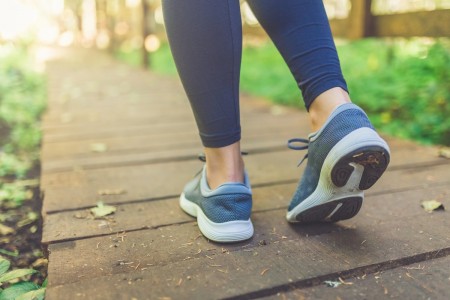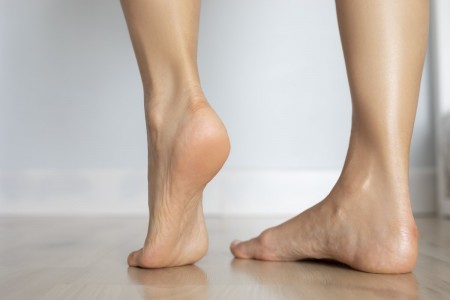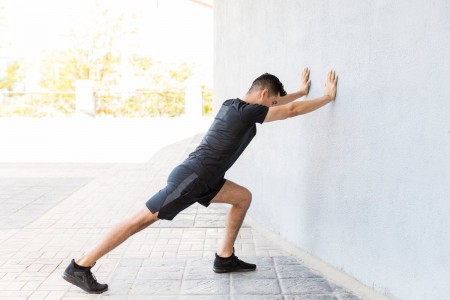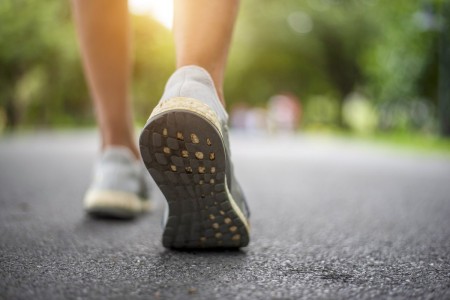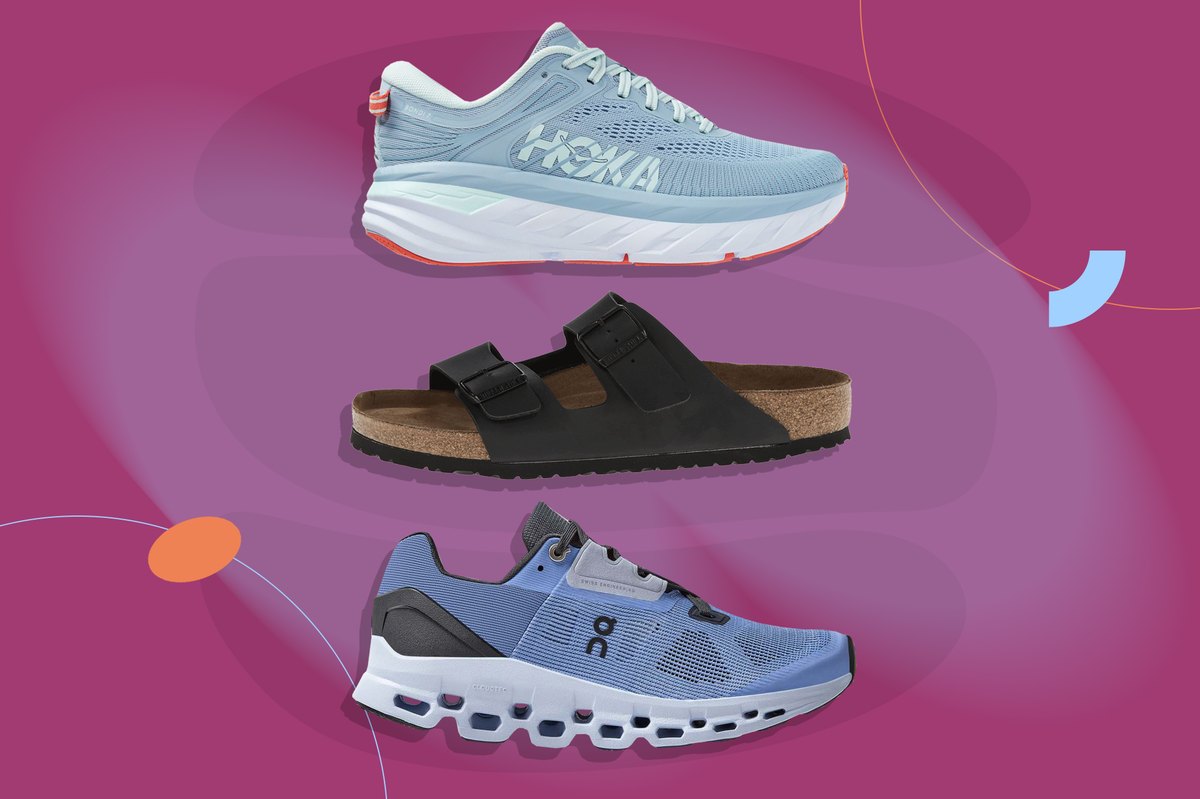
Advertisements
In addition to
It's no surprise that Dr. Lobkova recommends the Bondi 7. They are extremely comfortable to wear and provide "great cushioning for concrete streets" or hard surfaces, she says.
Made of a cushioned midsole, the Bondi 7 absorbs shock to reduce heel spur pain and the outer layer is designed with a breathable mesh.
Additionally, each shoe has a memory foam collar to reduce heel friction and is designed to accommodate people with narrower heels.
Buy it:
Achilles tendonitis is caused by repetitive or intense strain on your Achilles tendon while walking, running or jumping. Having a cushioned and supportive shoe can relieve some of the pressure.
Made from the brand's signature cloud technology, the On Cloudstratus work to absorb the shock during short and long-distance runs, and the shoe's additional height relieves heel tension.
It's also a "wide, supportive
Having a good pair of walking shoes can help to eliminate heel spur pain, and this New Balance pair checks all the boxes.
This hybrid lifestyle and running shoe is recommended by Dr. Lobkova for its engineered sole, which supports the foot's natural alignment and provides "mild arch support."
If the sole doesn't impress, don't fret. You can remove the insoles for custom orthotics.
The shoe does come with a heftier price tag, but it's reinforced with a durable rubber to withstand areas of wear and tear, making it worth the investment.
Buy it:
Made with a foam insole and high cushioning, Brooks Dyad 11 offers heel support that allow you to go the distance. The soles have a gender-friendly cushioning design, which supports the natural running mechanics of your feet, and the heel crash pad absorbs shock upon impact.
Additional stability is offered in the firm plastic surrounding the midsole, Dr. Lobkova says.
The shoe is breathable, thanks to its fabric lining, and it received the seal of approval from the American Podiatric Medical Association for promoting good foot health.
(Psst: Check out our full guide to the
Advertisements
If you're on your feet all day, Dr. Lobkova recommends Oofos Low Shoes. They're designed to cradle the footbed and prevent your ankles from being overworked.
The brand touts its highly absorbent foam insole, which absorbs 37 percent more impact than other foams and reduces pressure on your feet, joints and back.
Made of a breathable fabric, the outer layer allows airflow to prevent your feet from overheating.
Buy it:
The Birkenstock Milano cradles all feet types with its contoured footbed, which molds to the shape of your foot with each wear.
The straps are made of acrylic and polyamide felt fibers to prevent irritation and skin friction. The sandal also comes in a style with a backstrap, but Dr. Lobkova recommends avoiding that pair if you're experiencing posterior spurs.
Bonus: It comes in regular and wide widths to accommodate different foot sizes.
Buy it:
Shoe inserts are a great way to add more support to you shoe, and this one "adds a specified foam disk and heel spur pad in the area of the heel spur," Dr. Lobkova explains.
Made of high-density foam, these insoles support and stabilize the rear foot. To use, simply trim the excess to fit into your shoe.
Buy it: Amazon; Price: From $44.69
What to Look for in a Shoe for Heel Spurs
1. Midsole
When looking for a shoe for heel spurs, Dr. Lobkova recommends a rigid sole, as that dictates the stability of the shoe.
"Someone with heel spurs needs extra rigidity in the sole and cushioning in the midfoot to prevent impact on the heel," she explains.
To see whether your sole is rigid enough, Dr. Lobkova recommends a test: "Hold the front of the shoe with one hand and the back of the shoe with another hand. Try to twist the shoe side to side. There should be minimal to no twisting motion possible."
2. Heel Elevation
"A heel drop of 6 millimeters or higher will take pressure off the plantar and posterior spur," says Dr. Lobkova. You can also elevate the heel, which supinates the foot and reduces the stretch on the Achilles and plantar fascia insertion.
Suzanne Levine, DPM, RPT, PC, podiatric foot surgeon and Millenium Podiatry founder, recommends avoiding flat shoes, as they can cause too much pressure on your heel.
3. Heel Counter
For people with posterior heel spurs, Dr. Lobkova recommends shoes with a soft heel counter, as a firm heel counter may irritate the Achilles insertion. If the heel spur is consistently irritated, it can cause internal blisters.


